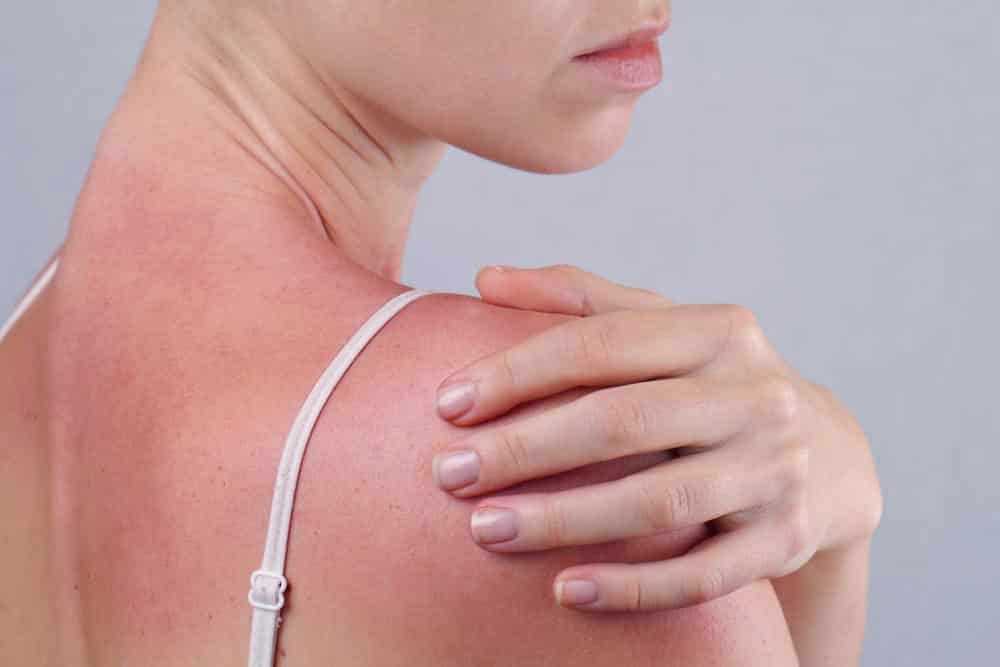6. Skin changes

In Wegener’s granulomatosis, now known as granulomatosis with polyangiitis (GPA), skin changes such as bruises and ulcers can occur due to the disease’s effects on blood vessels and the immune system. These skin manifestations are not uncommon and can vary in severity from person to person. Here’s how GPA can lead to these skin changes:
- Vasculitis: GPA is characterized by vasculitis, which is inflammation of blood vessels. When the small and medium-sized blood vessels become inflamed and damaged, it can affect the blood flow to the skin. This disruption in blood supply can lead to various skin issues.
- Purpura: One common skin manifestation of GPA is purpura. Purpura are tiny purple or red spots on the skin that result from bleeding under the skin. They may appear as pinpoint dots (petechiae) or larger patches (ecchymoses or bruises). Purpura occurs because inflamed blood vessels become fragile and prone to leakage.
- Skin Ulcers: In more severe cases, GPA can cause skin ulcers. These are open sores or lesions on the skin that may be painful, and they can develop when the inflammation and damage to blood vessels disrupt the skin’s normal healing process. Skin ulcers may be slow to heal and can increase the risk of infection.
